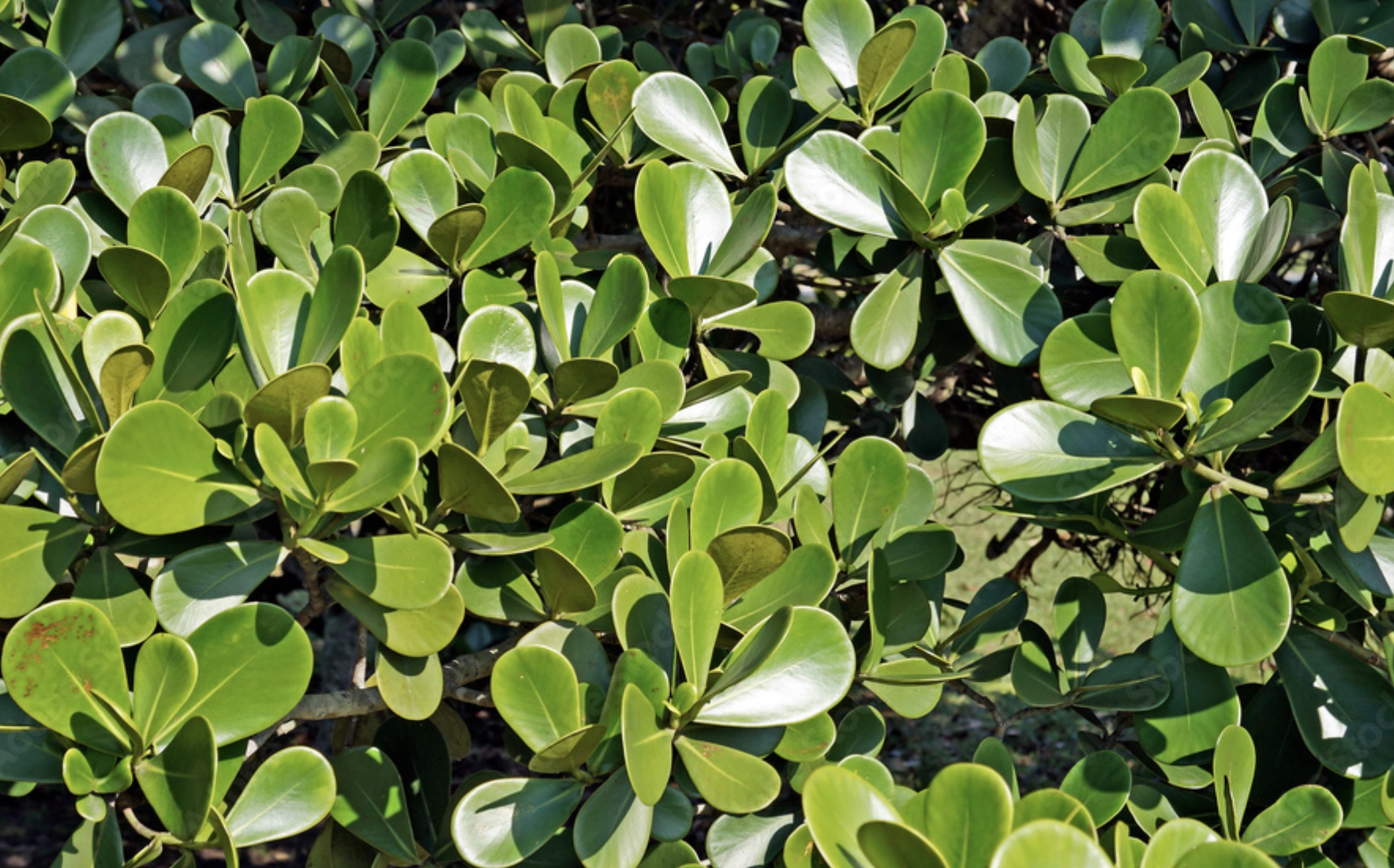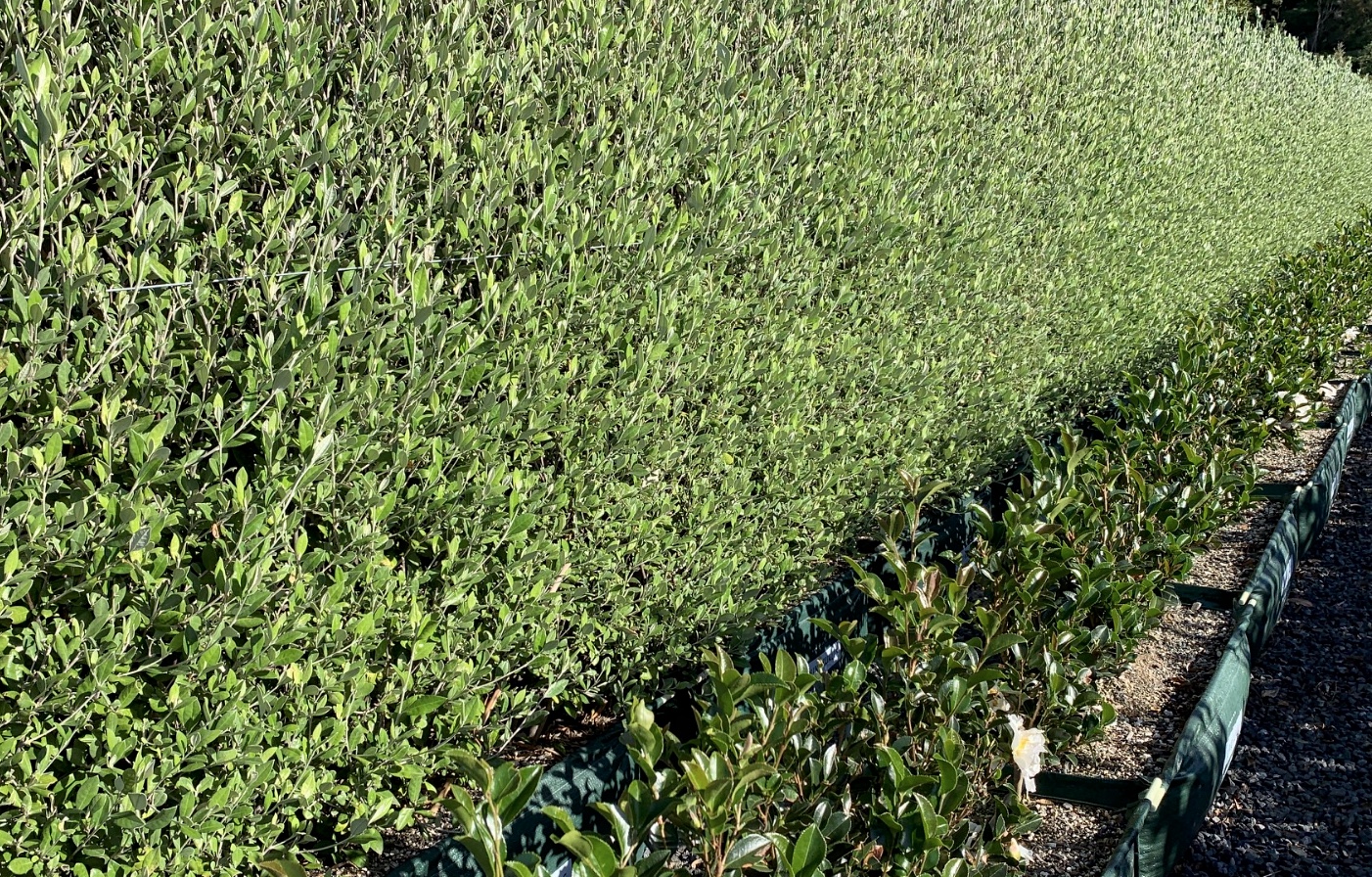How do you choose a proper hedgerow? What is the best plant you can grow as your natural fence? Choosing the proper hedgerow is one of your first priorities. And you have to specify a plant that remains full to the ground but flourish in both baking sun and light shade.
Hedges are actually a subset of a more general term. A landscape architect uses the term screening, with screens reaching more than 40 feet and consisting of a variety of plants.
With that in mind, we will try to find an answer for your Clusia Vs Podocarpus dilemma.
How to choose the right type of hedge?

To better understand the dilemma and come out with a solution, you have to take several factors into consideration. Or in other words, ask and answer some questions regarding your project.
Privacy hedge or decorative hedge?
This is probably the first question you need to ask and answer. Some plants are better suited for a privacy hedge. For example, Clusia. These plants have full foliage. Others have thorns that will deter wall hoppers.
Some plants have a mounding or round shape, while others are taller and columnar. So, do you want a privacy hedge or a decorative hedge?
You can also try layering different size plants. For example, in the front line put some decorative hedge, and then in the back privacy hedge.
What is your budget?
This is the second most important question. You might want one type of hedge fence, but does your budget allows it? We all have some kind of budget in mind when we start a project. But that doesn’t mean your budget can fit the bill at the end.
Yet, if you have your eyes set on a particular plant, then you can splurge a little.
Location of the plants
Now, where will the plants be located? Will they be in a small yard or in a large yard? Or maybe in a pathway? You do not want to spend money on a project that can turn out to be a disaster. Look at the growth of the plants. What happens if they grow higher than you want/need?
How about maintenance?
This is another important factor in choosing between Clusia Vs Podocarpus plant. It is a big deal, sometimes more important than the budget question. After all, you pay once, but you care for them for a long time.
If you opt for a fast-growing plant, you will have to trim it more frequently. This can become a problem for you as you do not have time for it. You might be better suited with a low maintenance plant.
The goal is to choose the right plant for the right place. It is always a good option to go native as much as you can.
Get to know the plants

So let’s talk about each plant individually. Starting from Clusia Guttifera, which is a small leaf Clusia. It is becoming one of the most popular hedge plants in Florida.
Branching out close to the ground, Clusia will give you a dense hedge of olive-green thick leaves. It is a large plant that can grow between 20 and 25 feet tall. But you can trim it to your liking.
Clusia prefers full sun, but it can also tolerate partial shade. It has moderate to rapid growing and is tolerant to most soils. Clusia fares well in coastal locations with poor soil conditions.
Clusia plant is a unique hedge that will set your yard apart from others. You will get an exotic, and drought-tolerant hedge for your home or business landscape.
On the other hand, we have the Podocarpus maki, a popular shrub that grows up to 20 feet tall. Usually, it is pruned to 4 to 10 feet.
Podocarpus has fine and smooth-textured leaves, and the pale new growth contrasts pleasantly with the dark, matured foliage.
Podocarpus forms a solid and low-maintenance hedge that can improve the look of your property. Podocarpus plant tolerates light shade but does best in full sun. Once it is established, the plant is moderately tolerant to drought. Yet, during hot and dry weather you need additional watering.
The plant is not a fast grower, and it needs time to grow and establish.
What is the difference between Clusia and Podocarpus?
Before making a decision, explore how to grow and maintain clusia hedges and what’s the differences compared to Podocarpus
Difference in Spacing
This is one of the first differences between the two plants. Yes, hedge plants are usually spaced 1 to 2 feet apart. It depends on two factors, expected horizontal growth and current size.
In this case, CLusia grows wider than Podocarpus. That is why you can plant it 2 feet apart center to center since they grow quickly and will close the gaps. On the other hand, you need to grow Podocarpus closer, 1 foot center to center, since it grows mainly vertically.
Growth Rate
This is another important difference. Clusia rosea and Clusia guttifera are some of the faster-growing houseplants. They grow up to 12 inches per year in optimal growing conditions.
Podocarpus, on the other hand, has a lenient growth rate. It is a bit slower in growth compared to Clusia.
Size
As we said before, Podocarpus grows vertically, while Clusia grows more horizontally. Speaking of the size in general, Podocarpus is a large shrub to a small tree. Plants achieve between 8 and 10 feet in height with a slightly pyramidal form.
Clusia can grow between 20 and 25 feet tall and 10 to 12 feet wide. It prefers full sun, and does very well in coastal locations. Once it is established, the plant is low maintenance and drought tolerant.
Trimming
Now let’s talk about maintenance and trimming. Clusia guttifera hedge needs light trimming to keep it in shape. You can even use manual hedge shears or a power hedge trimmer to remove any excess foliage. Just remember, it is vital to trim new Clusia shrubs and hedges often to establish and encourage healthy growth. The plant responds well to light trimming.
If you opt for Podocarpus plant, you need to trim the green tips to shape the tree and encourage fullness. Prune the outermost growth lightly to create hedges. It is best that you trim it in July or August to get a second flush of growth.
What should you choose?
In the past few years, Podocarpus maki and Clusia have become two of the most popular hedge options. Once you look at the differences between the two and answer the questions regarding your project, we hope you can make an educated decision.
Both of these hedges look great. There is no better choice. They are both hardy and tolerant. It is just a matter of preference what you like.
